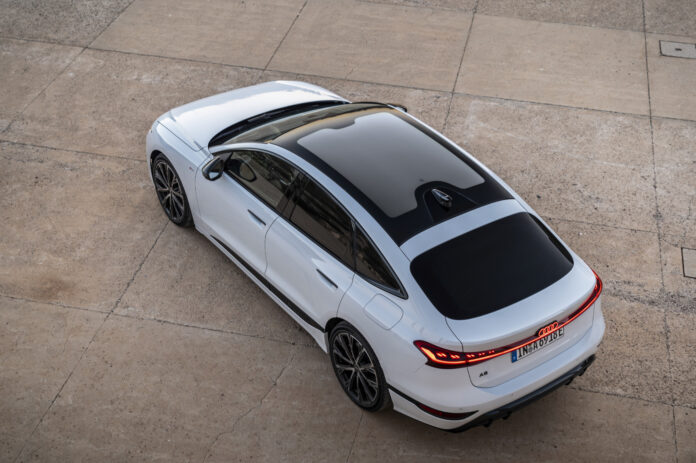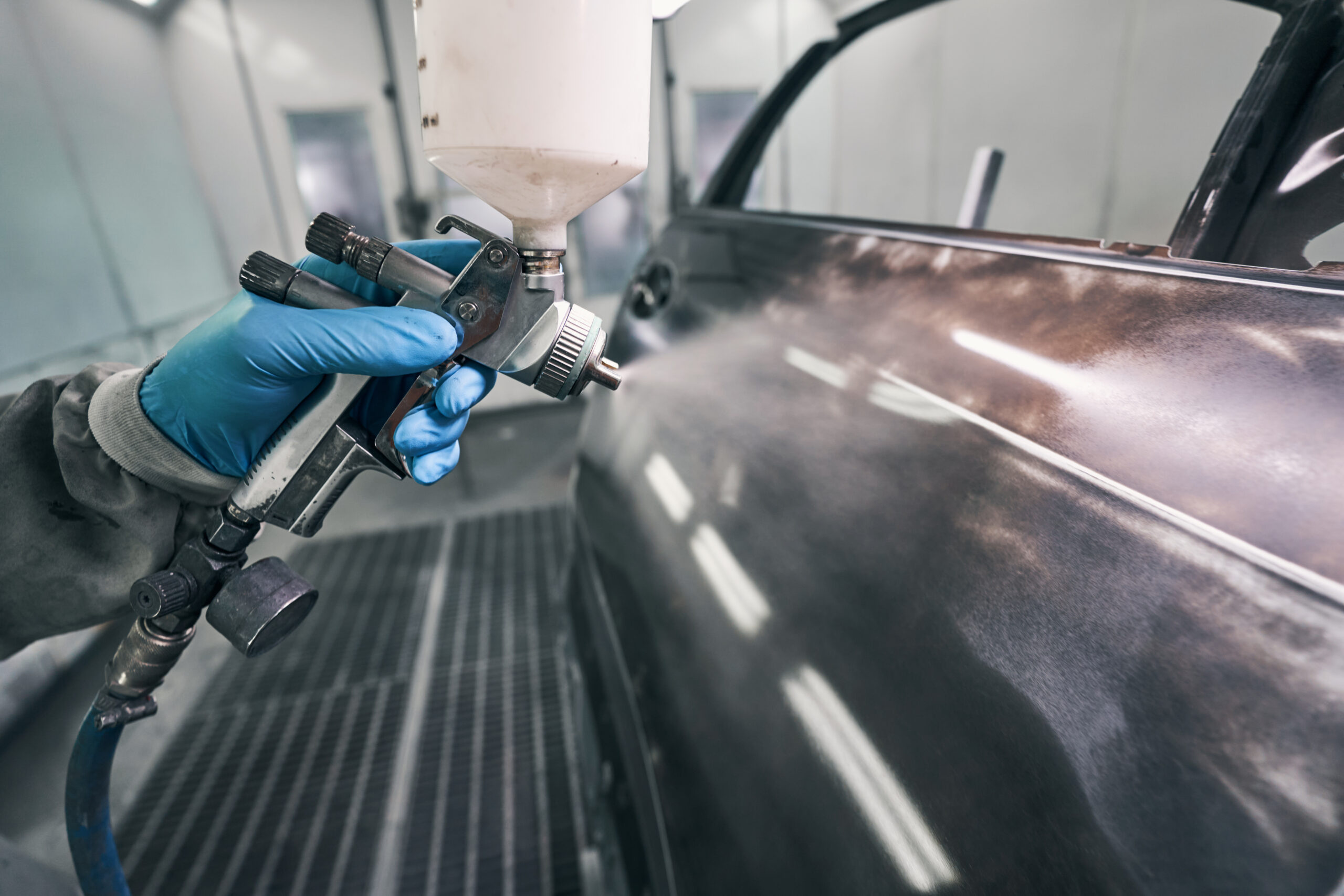This is a tale of one division of Volkswagen Group – Audi AG. Outwardly the newer companies from China see Audi, BMW, Mercedes-Benz and Porsche as the ‘must beat’ bench mark. Some press releases from these companies try all sorts of ways to convey that somehow, on a damp Tuesday in a sea-side resort somewhere in the world, they were better.
There is no doubt the newer manufactures have so thoroughly matched the European brands that in terms of rear seat leg room, connectivity, some aspects of ADAS, external panel fit, inevitable ‘light bars’ and – especially – price, they are on the money.
There is a fundamental difference between the Japan / China vehicle manufacturing process and that typically found in Europe.
- European manufacturers and their supplier partners develop model specific ideas into model specific parts. Yes, the core technology might be shared but the application more often than not will be slightly different, model by model.
- China based manufacturers adopted the Japan style of powerful supplier partners, who make a core product used by many. So, we find internal combustion engines have few variations, similarly for transmissions, electric drive components and so on – right the way down to the most expensive bits by weight, ‘brackets’, mainly thanks to the required paint / plating protection.
- Many of these components only sourced from a gaggle of specialist companies is mostly unknown outside of China or Japan, where the idea is to re-use the most expensive items – parts not normally seen by the end user – as much as possible.
- In the European sense this would be like BMW sharing MQB Evo platform bits with Stellantis, with VWG as the lead via an anonymous ‘supplier’ company.
The approach suits mass market products and where the main layout of the vehicle really does not change much generation by generation. So, instead of a uniquely tooled brand new model appearing every 5 or 7 years, a refresh can be launched every 2 years. Over the same period, introducing relatively small changes each time, gives something ‘new’ to sell more frequently than waiting 5 years with one change to bumpers / lights / interior.
For the time being, European manufacturers sharing parts in this way remains within their groups.
The European difference
The PPE and PPC represent a huge investment by VWG, developed under the lead of Audi with lessons learnt from MEB as was as the J1 platform shared between Audi e-tron GT / Parche Taycan. However, it is all about a single entity creating a set of major building blocks to then turn into multiple models for each brand. Each company (VWG, BMW Group, Mercedes-Benz – for example) would all make versions of these building blocks which are exactly, precisely different.
This business model has been recognised and ruthlessly copied by Tesla as well as many companies from China. In effect the BMW 3 series / Audi A4 / Mercedes-Benz C class market has been copied, undercut and very nearly swamped.
The European companies – the vehicle manufacturers and suppliers – would argue they have a global business, and the differences at component level translate to what consumers can see as well as experience dynamically. In part this still holds, but the competition has in many cases equalled these values – at road speeds most consumers use – for a substantially lower price. Sure, at the ultimate limit there are still differences, but such driving is rarely legal.
The case in point is ICE. The China based manufacturers already made multiple types of powertrain – including BYD – so as the demand switched, they simply flexed the production volumes. The single corporate strategy – ‘all electric by 2035 2030 2025’ – relied on certainty. That was massively undermined in spite of tax penalties for ICE and mandated BEV sales volumes. Real customers with real cash chose another way despite Government commands. Hence the temporary reduction of ICE market share loss across Europe.
The real test for BEV is significantly better battery technology at a much lower cost, as well as the very concerning lack of power generation strategy. Wind turbines and photovoltaic panels will not work without a completely revised national power distribution system to cope with sporadic variable generation. It’s not to say BEV is dead – there is a growing market, but it will be a mixed powertrain market for at least another decade.
The big picture; this work in progress is how to make these building blocks accessible to more vehicle manufacturers, but still be able to differentiate between models in any given brand. It’s a difficult equation, and for the moment, it still not solved.




